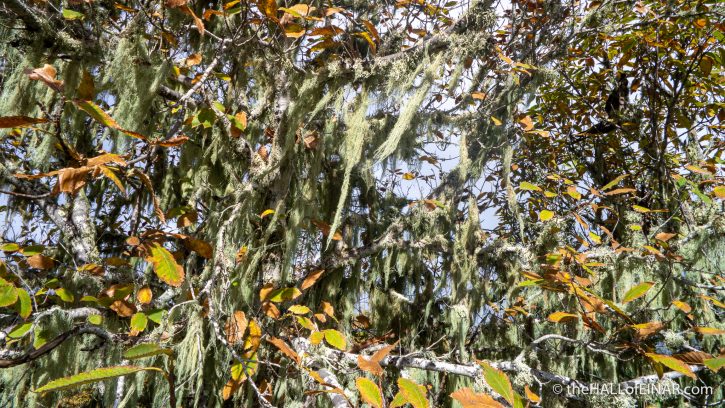Gran Canaria – the outtakes
It’s been an incredible few days in Gran Canaria with my son. We’ve laughed and smiled at so many great experiences. The people have been warm and friendly, the weather pleasant and the food exceptional.
I’ll hold these views in my heart forever and keep them ready, to recall them whenever life seems awful. Here’s Roque Bentayga with Mount Teide of Tenerife in the distance.
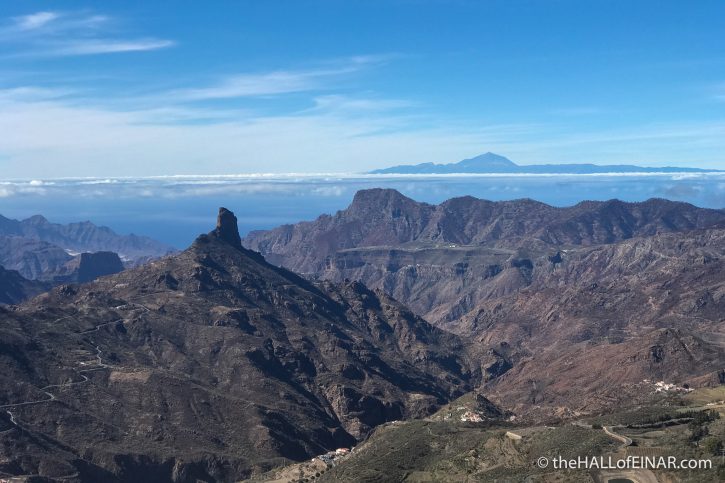
There are beautiful mountain villages to explore along impossibly narrow s-bend roads which cling to slopes amongst the forest. Here’s a wonderful green roof in Fontanales:

It’s an epic landscape of great grandeur, with evidence of the Earth’s troubled past everywhere. Volcanic peaks, deep, blue-shadowed ravines and tottering boulders perched precariously on endless cliffs surrounded us as we travelled roads small and smaller.
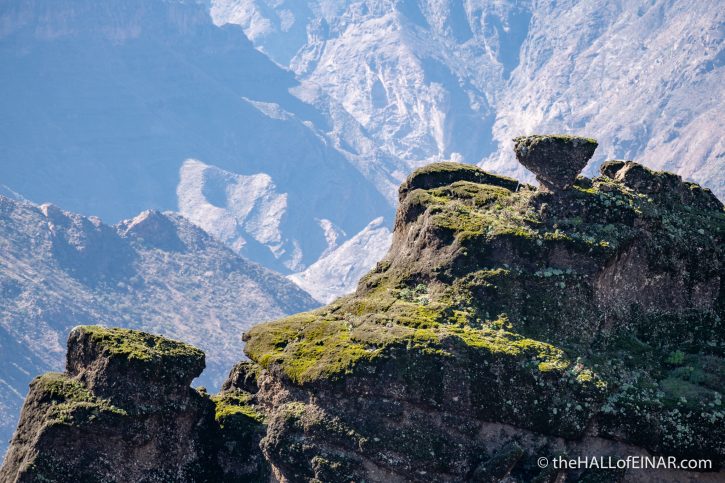
There were familiar species, like this Great Spotted Woodpecker, hidden in the canopy of a Canary Island Pine above:

There were species I’d seen before like this Slant-Headed Grasshopper. Can you see it?
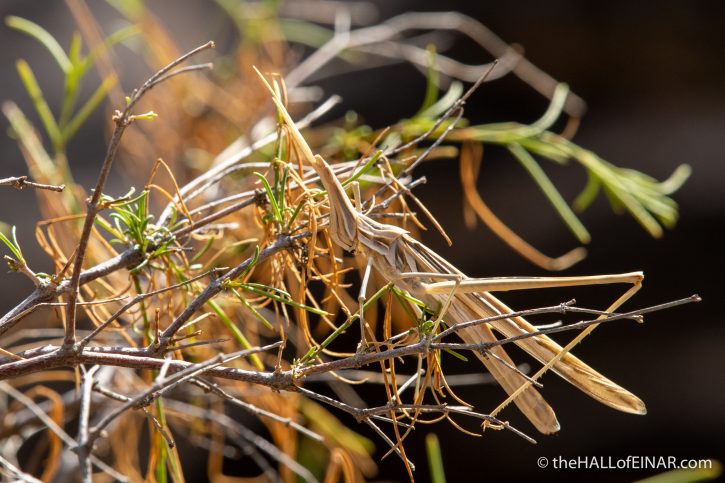
They’re easier to see when they’re on your windscreen:
A quick stop in a passing or parking-place yielded tiny thrills. Here’s a selection of the long lichens similar to those I’ve seen on Dartmoor at Wistman’s Wood, together with an unexpected roadside foraging feast:
There’s another bird I’ve seen before; the Sardinian Warbler. This one’s a male. I’ve seen one in Italy where their name is Occhiocotto, which means ‘cooked-eye’. It’s a perfect name for them, if a little unromantic. Being an Italian name, it’s bound to reference food, isn’t it? The Spanish name is Curruca cabecinegra. Apart from negra meaning black I’m not sure of the etymology. Their scientific name is Sylvia melanocephala. Sylvia means ‘spirit of the woods’ and melanocephala means ‘black head’. It’s the black-headed spirit of the woods. A fine name:
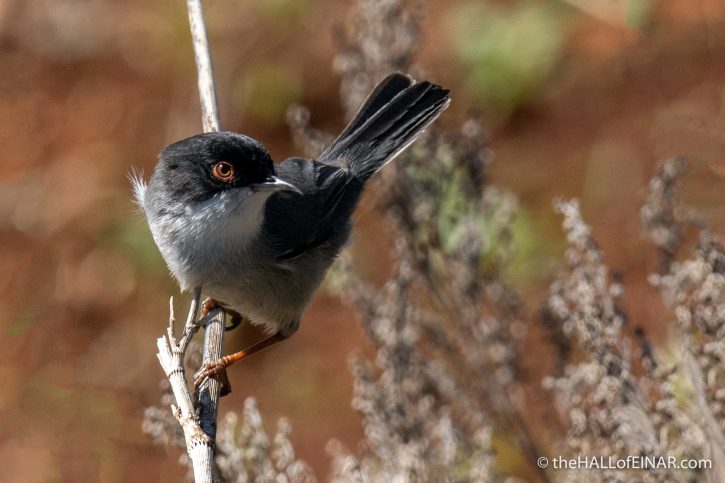
Over coffee, which is better than English coffee and worse than Italian (but nothing is better than Italian coffee), we spot a decorative tree with beautiful fruit. I’ve been unable to identify it so far. It reminds me of a Cherimoya or Sour-sop. It’s so ripe it’s erupting with magenta-red seeds.
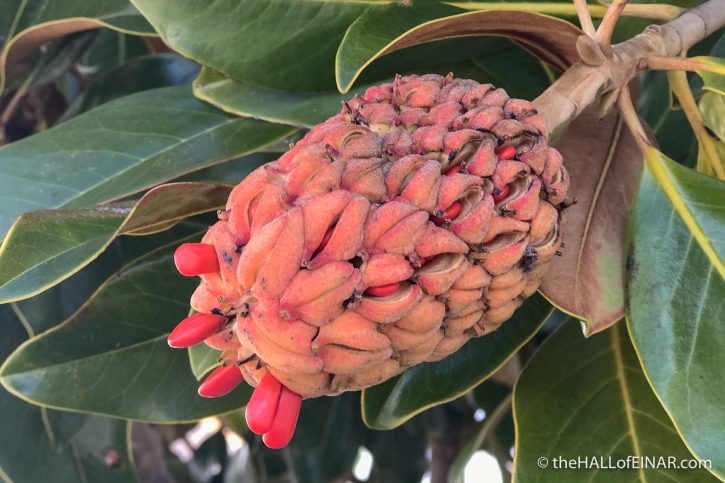
There have been so many Canary Island Kestrels here I’ve been delighted with every opportunity to see them hunting. This male came flying fast past our cave house on our first full day:
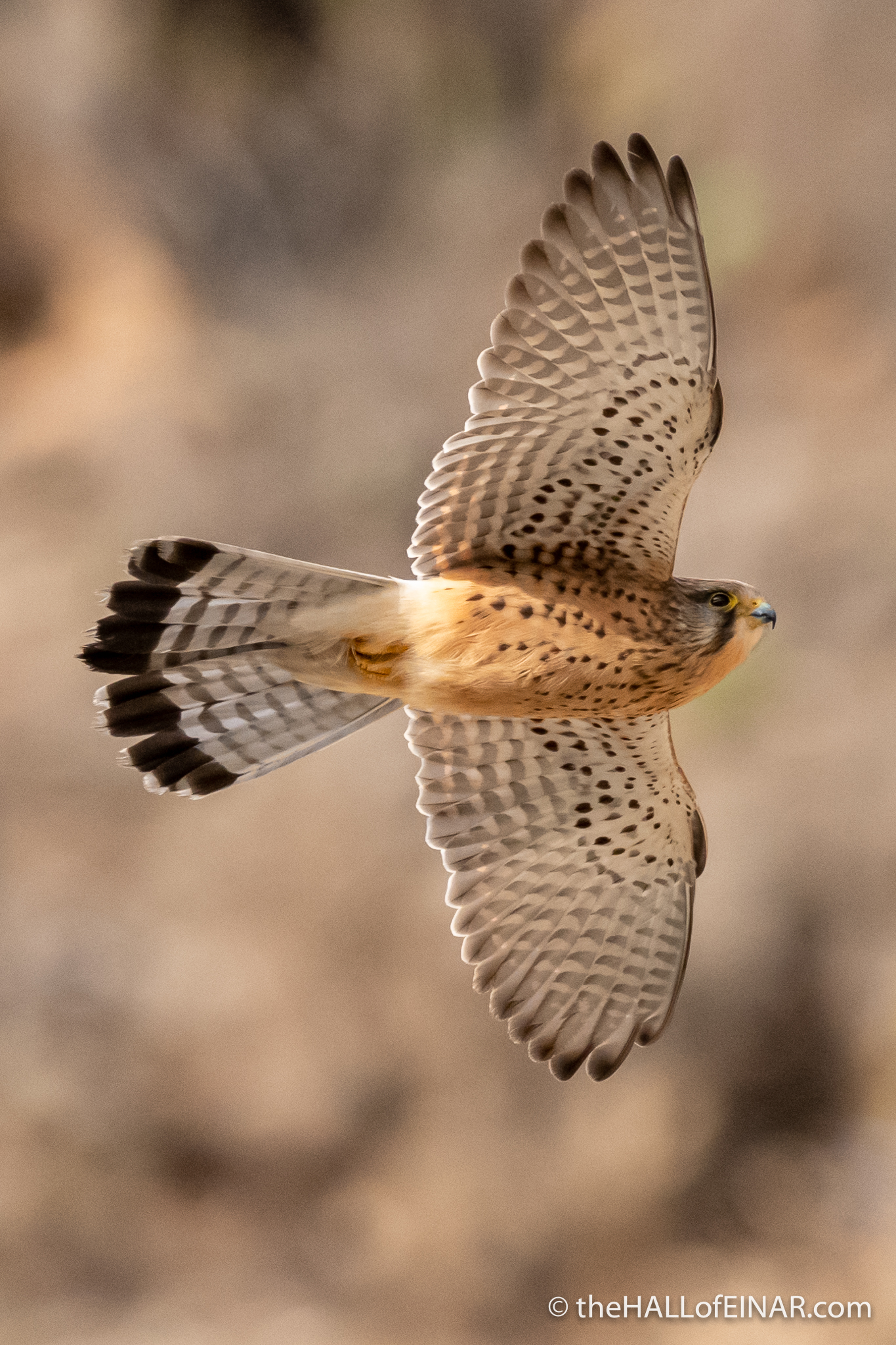
One bird I’d never seen before was the African Blue Tit. It’s a different species from the usual Blue Tit I’m used to. It’s Cyanistes teneriffae, subspecies hedwigii. It’s the photograph I’m most disappointed with from my whole trip. I’d have loved more time to track some through the Laurel forest and get one pleasantly posed in beautiful light. Oh well.
Hedwigii is such a great subspecies name, isn’t it?
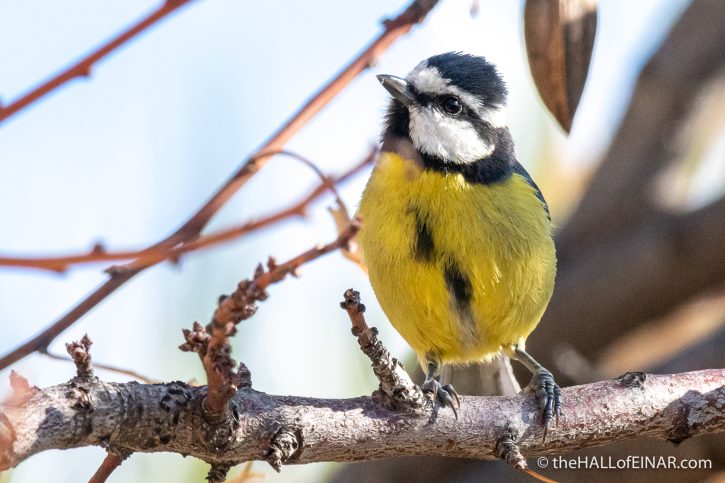
There are butterflies here which I haven’t had time to photograph. I did get a nice view of this Painted Lady:
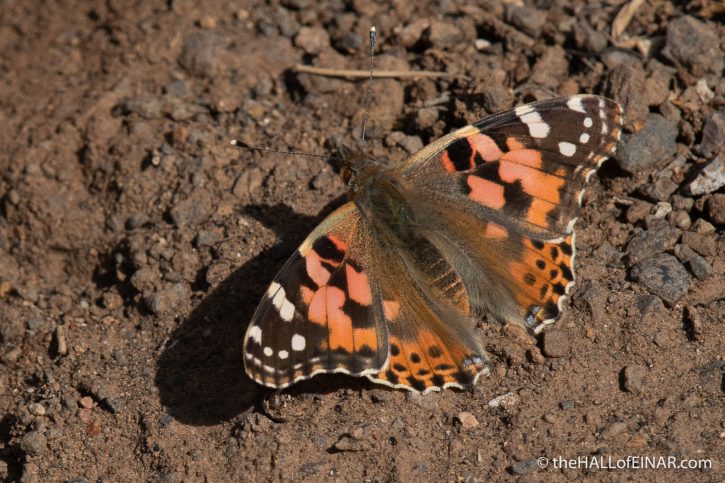
They never manage to survive the British winter. Here, that’s not so much of a problem.
Finally, here’s a domestic cat. It’s such a neat self-possessed animal and an incredible predator.
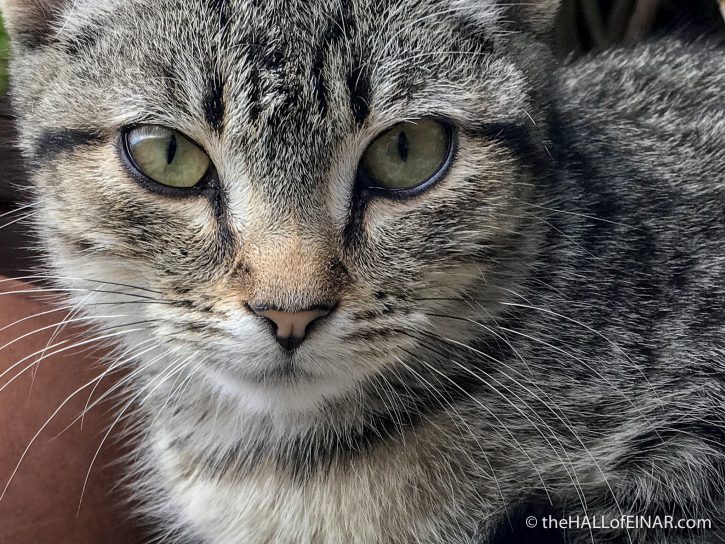
Gran Canaria, I’ll miss you.
More from Gran Canaria
 Barranco de Barafonso My son has another photograph he'd like to take. He's researched it all and knows the route we'll be taking… read more
Barranco de Barafonso My son has another photograph he'd like to take. He's researched it all and knows the route we'll be taking… read more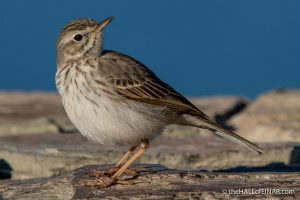 Pipit on parade Many of the plants on Gran Canaria have given up on having leaves. Some have evolved to simply have stems… read more
Pipit on parade Many of the plants on Gran Canaria have given up on having leaves. Some have evolved to simply have stems… read more The dunes of Maspalomas My son has a specific photograph in mind and he wants to get it. He's a very driven young man.… read more
The dunes of Maspalomas My son has a specific photograph in mind and he wants to get it. He's a very driven young man.… read more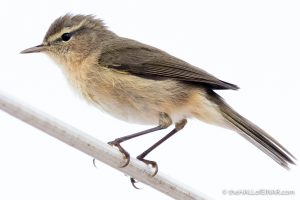 Canary Islands Chiffchaff on the balcony We're in Gran Canaria for a few days and we've moved to Agaete, a coastal town. There's a wonderful walk… read more
Canary Islands Chiffchaff on the balcony We're in Gran Canaria for a few days and we've moved to Agaete, a coastal town. There's a wonderful walk… read more Incoming! We've diverted from our route slightly to visit Roque Bentayga on Gran Canaria. Looking down into the ravine, it's great… read more
Incoming! We've diverted from our route slightly to visit Roque Bentayga on Gran Canaria. Looking down into the ravine, it's great… read more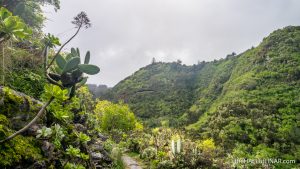 A Canary Islands Robin deep in the prehistoric Laurel forest A quick check reveals there's a stretch of original Laurisilva forest on our route through Gran Canaria. That's exciting. How… read more
A Canary Islands Robin deep in the prehistoric Laurel forest A quick check reveals there's a stretch of original Laurisilva forest on our route through Gran Canaria. That's exciting. How… read more Bertholet’s Pipit on Gran Canaria Clear skies, winding roads, sea spray; what's not to like? We're driving on the GC-200 through Parque Natural Tamadaba on… read more
Bertholet’s Pipit on Gran Canaria Clear skies, winding roads, sea spray; what's not to like? We're driving on the GC-200 through Parque Natural Tamadaba on… read more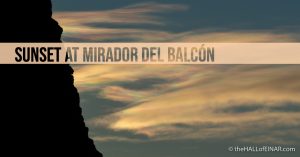 Sunset at Mirador del Balcón My son suggests a place he really wants to go in Gran Canaria. It's a viewpoint over the ocean at… read more
Sunset at Mirador del Balcón My son suggests a place he really wants to go in Gran Canaria. It's a viewpoint over the ocean at… read more